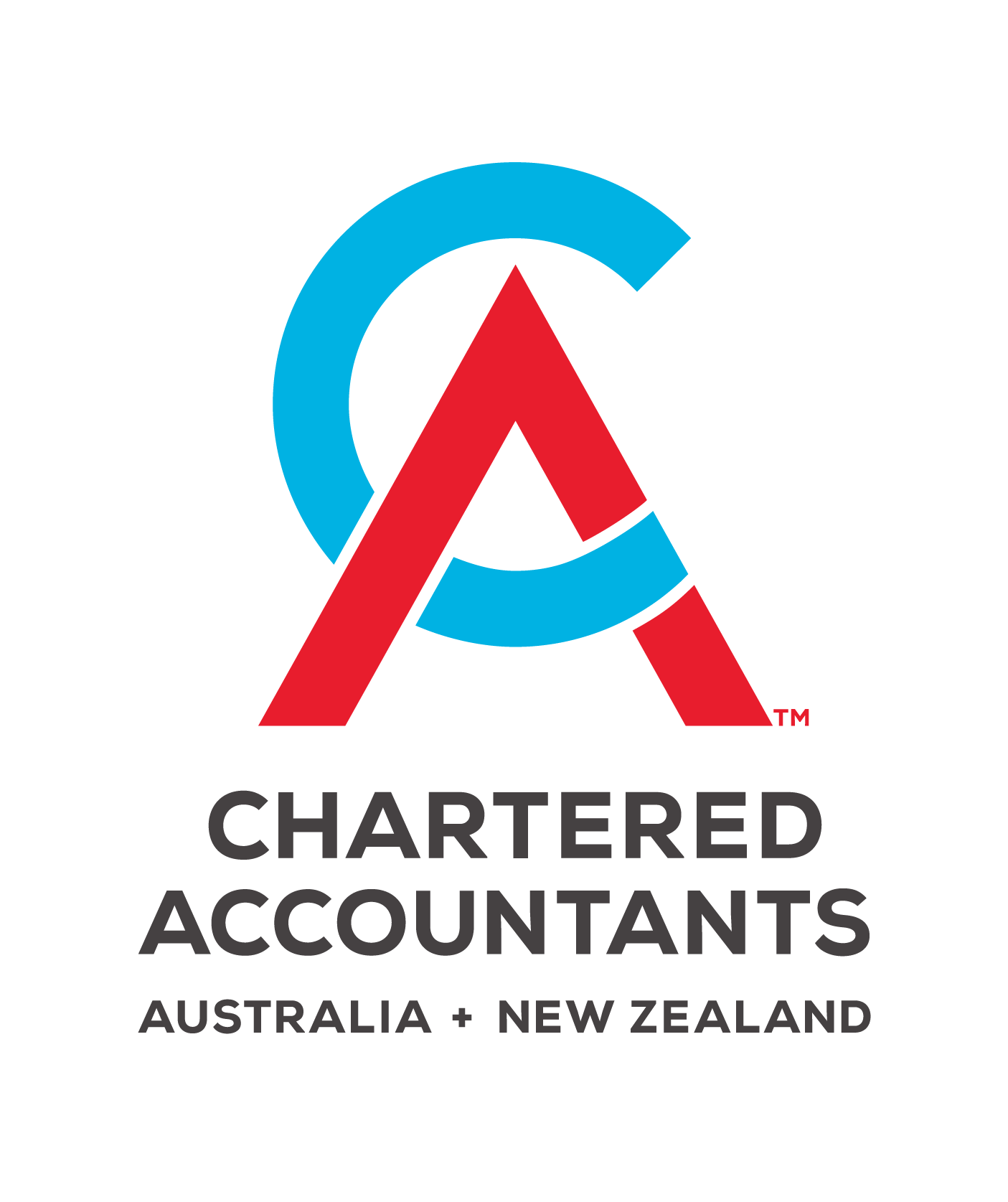News Articles
Construction Industry
Cashflow & managing projects
Part Two
By Brentnalls Construction Team
5 February 2024
In our first part of this three part series “Cashflow & managing projects”, we emphasised the importance of cashflow and management of work in progress (WIP) reporting. In part two, we discuss ways to mitigate financial risk through project reporting and avoiding contract penalties.
Project reporting mitigates financial risk Project reporting is paramount for companies and the need to have adequate working capital in their balance sheet in order to:
- carry costs,
- wait for payment of progress invoices issued to customers, and
- borrow money.
With construction enterprise resource planning (ERP) software in place, companies can use the data within the system to generate reports that identify inefficiencies and potential overruns that provides further the following essential information:

Efficiency improvement opportunities.
The project report assists project managers to identify where:
- a project may require more or less staff,
- how to allocate labour to improve efficiency,
- manage subcontractor spend, and
- ways to trim material expenditure and sweeten profits where possible.
Extra clarity and transparency
A report shows the progress on-site and can alert a project manager to possible cost increases and fast-approaching or missed deadlines that could cause cost overruns.

Faster and more accurate business decisions
Allowing a business lender to provide underwriters with more precise data about a project and the business will improve underwriting analysis and risk and faster access to finance, where required.

Notably, when there is more accurate information about a project’s progress, expenditures to date, and remaining budget, it becomes easier to minimise financial risks upfront.
Other pain points and avoiding contract penalties
Without the proper project reporting management tools in place from the get-go, businesses will always be playing catchup. If you don't manage a project from the outset you'll quickly fall behind schedule. There can be hefty penalties in some contracts for not meeting timeline milestones that will eat away at cashflow and ultimately profits.
There is a clear separation between project reporting and project management. That being project reporting is about managing a project's profitability and cashflow. So, for example, let's assume you have a series of progress payments that must be paid as a commercial building goes up.
Let's also assume you're a builder, and you're 15% through the build phase, and you're only getting a progress payment once construction reaches 20%.
You need to track your WIP for the first 15% of the project or the time spent accurately to tell if you're under or over budget.
Then, by the time you make the first progress payment claim, you might be so far out of kilter with budgets and projected costs that you might have already lost a chunk of money before you hit the first progress payment.
Having timely and accurate project reports enables a business in real time on a daily, weekly or fortnightly basis to have accurate data on where all jobs contributing to the project are at, and whether you're under or over budget.
On the flip side, project management involves managing critical activities, including timelines, booking surveyors and technical personnel, hiring equipment, ordering materials, letting out to all subcontractors, and checking plans, as well as overseeing operational plans, people, and budgets. If all the hard work is done in the planning phase the project will more than likely run smoothly and on or above budget.
If a builder or project manager only looks at these project reports sporadically, there will be a significant risk to a business. If they wait until the project's completion (or near the end of completion) and once the final reports are delivered, the job might be so far off track that it has lost significant money, and there is nothing that can be done to get it back on track.
In the third instalment, we discuss managing scope creep and the risk involved if the variations have blown the budget. Technology challenges that are often found within the industry through sluggish adoption. Do you have the right people in place? All this and more in our Autumn 2024
newsletter.
Discuss Further?
If you would like to discuss, please get in touch.
Disclaimer
The information provided in this article does not constitute advice. The information is of a general nature only and does not take into account your individual financial situation. It should not be used, relied upon, or treated as a substitute for specific professional advice. We recommend that you contact Brentnalls SA before making any decision to discuss your particular requirements or circumstances.






